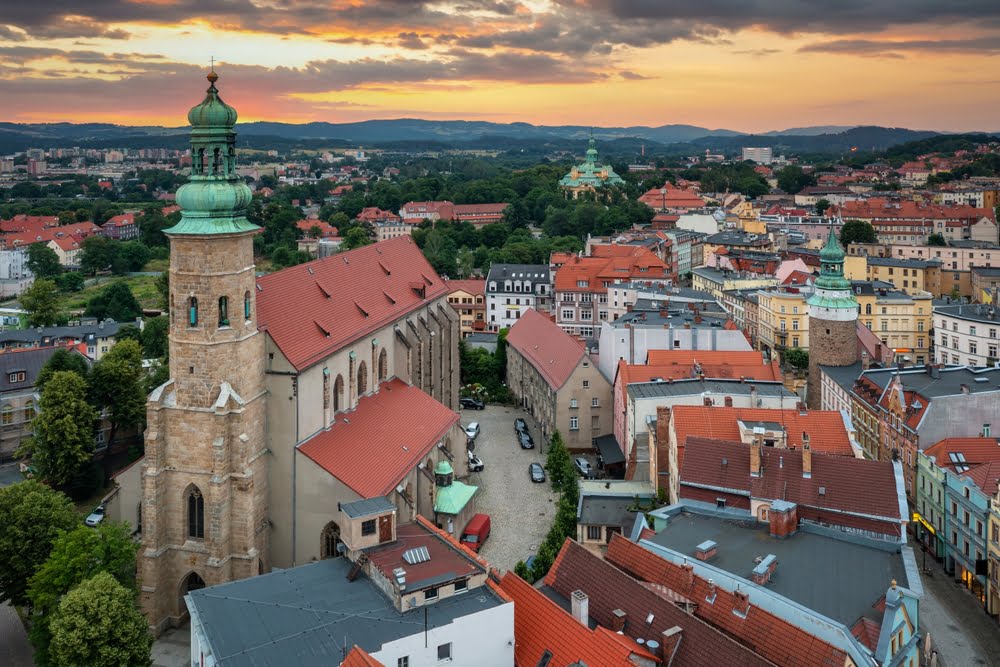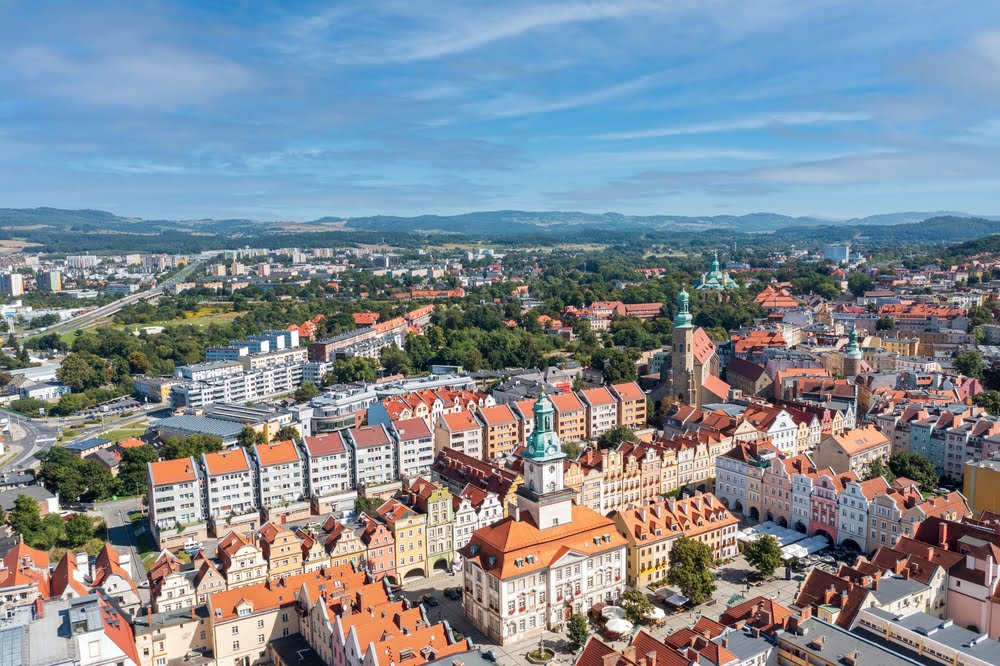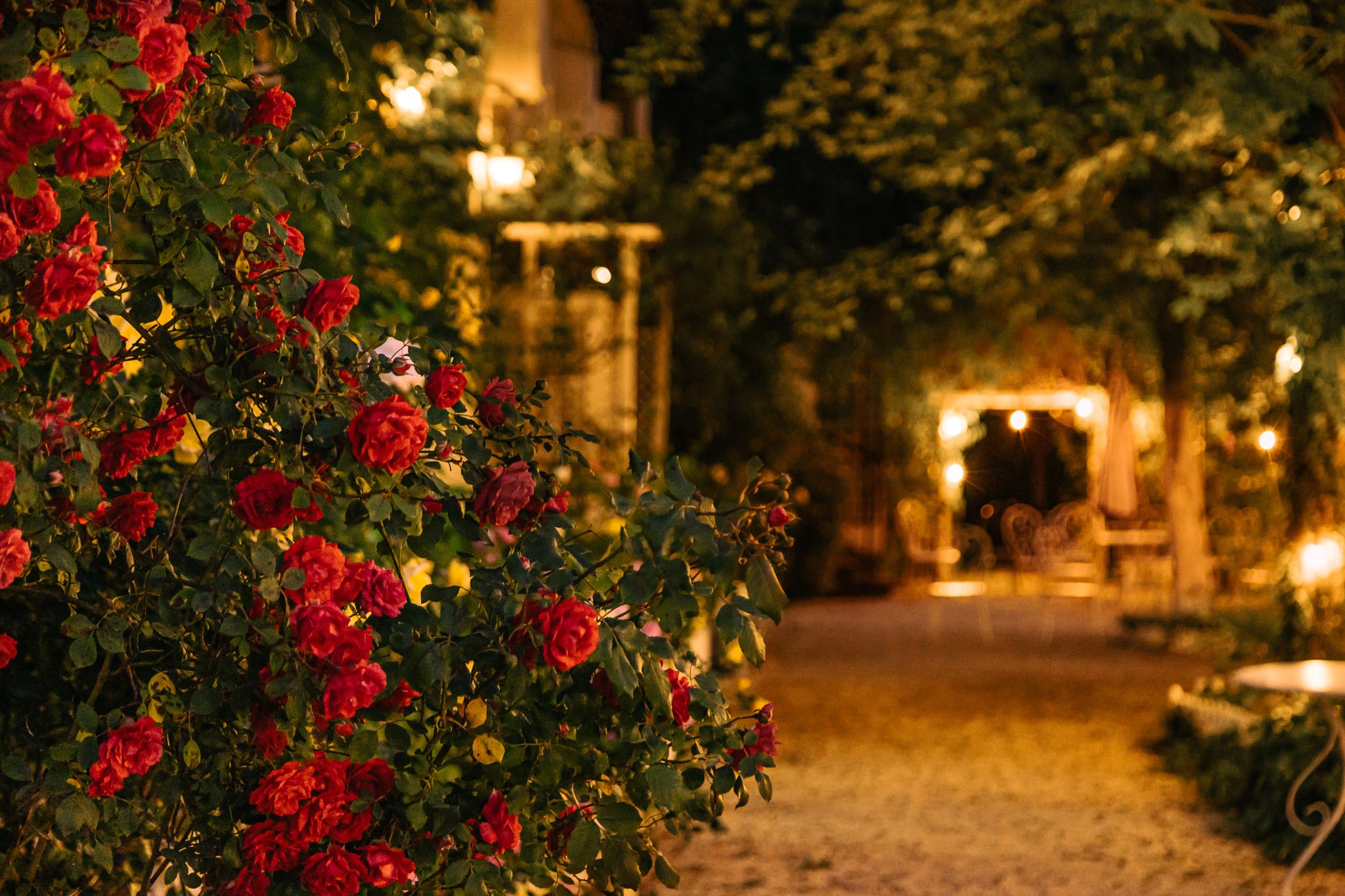Gerhart Hauptmann's villa belonged to the German writer and Nobel Prize winner in 1912. Currently, it is the Municipal Museum of Jelenia Góra, located in one of the city's districts, Jagniątkowo. It was built in 1900-1901. The writer lived here until his death in 1946. He treated the villa in the solitude of the Karkonosze Mountains as a refuge from the social whirlwind of large European cities.
What function did Gerhart Hauptmann's villa fulfill during his lifetime?
Gerhart Hauptmann's villa is an architectural mixture of neo-Renaissance and historicism. The massive building is visually similar to the shape of a castle. The villa was built according to the design of the Berlin architect Hans Grisebach. It was built on a granite rock surrounded by a park, hence its original name - "Wiesenstein", meaning "meadow stone". Its windows offer a unique view of the Karkonosze Mountains. The villa is surrounded by an exceptionally beautiful park with an area of 1.6 ha, which once had a pond. Apparently the writer took morning baths there every day. For nearly half a century, it was the center of cultural and social life for many creators, artists, writers and intellectuals. This is where valuable collections of European art were located.
Gerhart Hauptmann was born in 1862 in Szczawno Zdrój, the son of a local hotelier. In his youth, he wanted to become a sculptor. He had a deep bond with his older brother, Carl, who was the first reviewer of his literary works. In 1895, the brothers married the Thienemann sisters - the daughters of a Dresden banker, and Gerhart and his wife lived in a beautiful house in Szklarska Poręba. A few years later, Gerhart fell in love with a violinist 18 years his junior, Margerethe Marschalk, with whom he first went to Italy, and then finally settled in the Karkonosze Mountains. It was with his beloved and common son, Benvenuto, in mind that he decided to build a villa in Jagniątkowo.
What happened to the villa after the writer's death?
After the writer's death, the "Warszawianka" Children's Holiday Center was established in the villa, where until 1997 children and teenagers were admitted for winter breaks and green schools. At the same time, in 1989, the then Chancellor of Germany - Helmut Kohl and the Prime Minister of the Republic of Poland - Tadeusz Morawiecki, decided to establish a memorial museum for the Nobel Prize winner in this place. The interior was subjected to thorough renovation and reconstruction works, which ultimately resulted in its original purpose being changed.
On September 1, 2001, the official opening ceremony of the Gerhart Hauptmann House as a cultural institution of the City of Jelenia Góra took place. However, it was only after 4 years that the villa took on the form of a real City Museum. Currently, the museum not only presents the history and work of the Nobel Prize winner, but also promotes the multicultural nature of the heritage of the Lower Silesia region
What does Gerhart Hauptmann's villa offer today?
Today, Gerhart Hauptmann's villa is the City Museum, where research on Silesian literature and history is conducted. International workshops, symposia and scientific conferences of a historical, literary and theatrical nature are organized here, as well as various cultural events, concerts, author's evenings, literary meetings and multimedia exhibitions, and even opera workshops.
The museum offers visitors seven rooms that are integrally related to the writer's work. The most important element of the villa is a dedicated library with a reading room, where, in addition to interesting German and Silesian literature, there are the most valuable editions of Hauptmann's works and his private photos, family souvenirs, correspondence and archives.
The building also houses a fireplace room, a writer's office, a former dining room and a richly decorated hall called the "Paradise Hall". The writer's favorite music plays in the background, and films, documents and multimedia presentations dedicated to the Nobel Prize winner are proudly presented on the walls.

On the ground floor of Gerhart Hauptmann's villa in Jagniątkowo there is also a small souvenir shop and an atmospheric cafe. The villa is therefore an ideal stop for further journey. There are many trails leading from Jagniątkowo to the Karkonosze Mountains, both hiking and cycling. Even though it is the highest district of Jelenia Góra, it has good communication with the city center.

